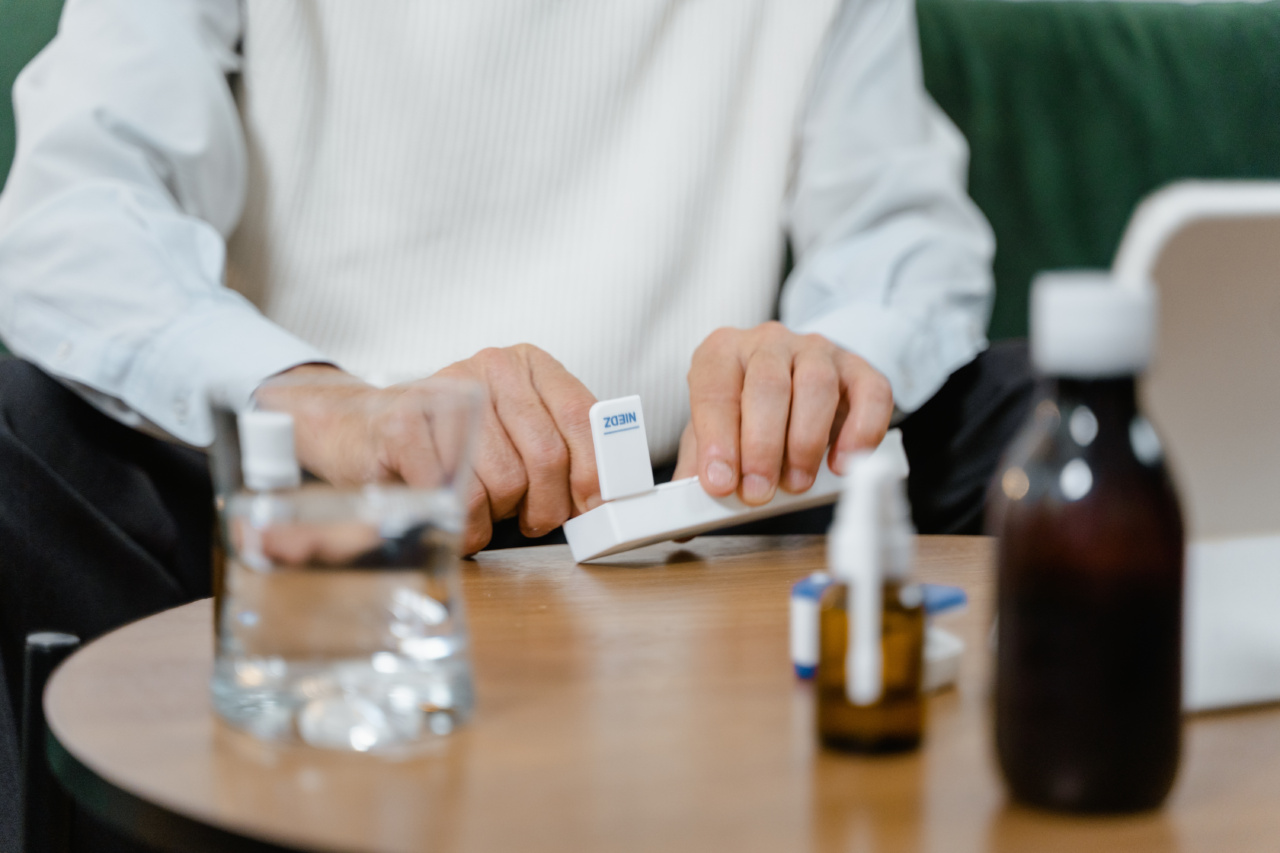Atopic dermatitis, also known as eczema, is a chronic inflammatory skin condition that affects millions of people worldwide. It is characterized by red, itchy, and inflamed skin patches that can appear anywhere on the body.
Atopic dermatitis usually starts in childhood and may continue into adulthood. Although the exact cause of this condition is unknown, it is believed to be a combination of genetic and environmental factors.
Symptoms of Atopic Dermatitis
The symptoms of atopic dermatitis can vary from person to person, but common signs include:.
- Itchy skin that gets worse at night
- Dry, scaly, or thickened skin
- Red or brownish-gray patches
- Small raised bumps that may leak fluid if scratched
- Cracked, sensitive skin
- Swollen or inflamed skin
- Sleep difficulties due to itching
Topical Treatments for Atopic Dermatitis
Topical treatments are often the first line of defense for managing atopic dermatitis. These treatments are applied directly to the skin and can help relieve symptoms. Here are some common topical treatments:.
1. Emollients
Emollients, also known as moisturizers, are essential for people with atopic dermatitis. They help to hydrate the skin and prevent dryness, reducing itchiness and promoting skin healing.
Emollients should be applied multiple times a day, especially after bathing. Creams, ointments, and lotions are popular forms of emollients.
2. Topical Steroids
Topical steroids are commonly prescribed for atopic dermatitis flare-ups. These medications help reduce inflammation and itchiness. They come in varying strengths and should be used under the guidance of a healthcare professional.
Prolonged or excessive use of topical steroids can cause thinning of the skin, so they should only be used as directed.
3. Calcineurin Inhibitors
Calcineurin inhibitors are non-steroidal medications that also help reduce inflammation associated with atopic dermatitis. They are typically prescribed when topical steroids are ineffective or not recommended.
These medications can be used on sensitive areas such as the face and groin but should be used for short periods.
4. Topical PDE4 Inhibitors
Phosphodiesterase 4 (PDE4) inhibitors are a newer class of medications for atopic dermatitis. They work by reducing inflammation and controlling the immune response.
These medications are usually used for mild to moderate atopic dermatitis and are available in the form of creams or ointments.
5. Barrier Repair Moisturizers
Barrier repair moisturizers are specially formulated to repair and strengthen the skin’s natural protective barrier. They help prevent moisture loss and protect the skin from irritants.
These moisturizers contain ceramides, fatty acids, and other beneficial ingredients that promote healthy skin.
Systemic Treatments for Atopic Dermatitis
In severe cases of atopic dermatitis where topical treatments alone are not sufficient, systemic treatments may be prescribed. These treatments are taken orally or administered by injection and work by targeting the underlying immune system.
Here are some systemic treatments for atopic dermatitis:.
1. Oral Antihistamines
Oral antihistamines are commonly used to relieve itching associated with atopic dermatitis. They help block the effects of histamine, a chemical released during an allergic reaction that can cause itching.
However, oral antihistamines alone may not be sufficient in controlling other symptoms of atopic dermatitis.
2. Oral Corticosteroids
Oral corticosteroids are powerful anti-inflammatory medications that can provide rapid relief for severe atopic dermatitis flare-ups.
However, due to their potential side effects, they are typically prescribed for short-term use and at the lowest effective dose.
3. Immunosuppressants
Immunosuppressant medications, such as cyclosporine and methotrexate, are prescribed for severe cases of atopic dermatitis that do not respond to other treatments.
These medications work by suppressing the immune system, reducing inflammation and preventing flare-ups. Regular monitoring of organ functions is necessary when taking immunosuppressants.
4. Dupilumab
Dupilumab is a biologic treatment approved for moderate to severe atopic dermatitis. It is administered by injection and works by inhibiting certain immune system proteins responsible for the inflammation seen in atopic dermatitis.
Dupilumab has shown significant improvement in symptoms and quality of life for many patients.
5. Phototherapy
Phototherapy, also known as light therapy, involves exposing the skin to controlled amounts of ultraviolet (UV) light. It can help reduce inflammation and itchiness associated with atopic dermatitis.
Phototherapy should be done under medical supervision, and the type and duration of treatment will vary depending on the individual.
Conclusion
Atopic dermatitis is a challenging condition, but with proper treatment, symptoms can be managed effectively.
Topical treatments such as emollients, topical steroids, calcineurin inhibitors, and barrier repair moisturizers are commonly used to control symptoms. In more severe cases, systemic treatments including oral antihistamines, oral corticosteroids, immunosuppressants, Dupilumab, and phototherapy may be necessary.
It’s essential to work closely with a healthcare professional to develop a personalized treatment plan for atopic dermatitis management.






























